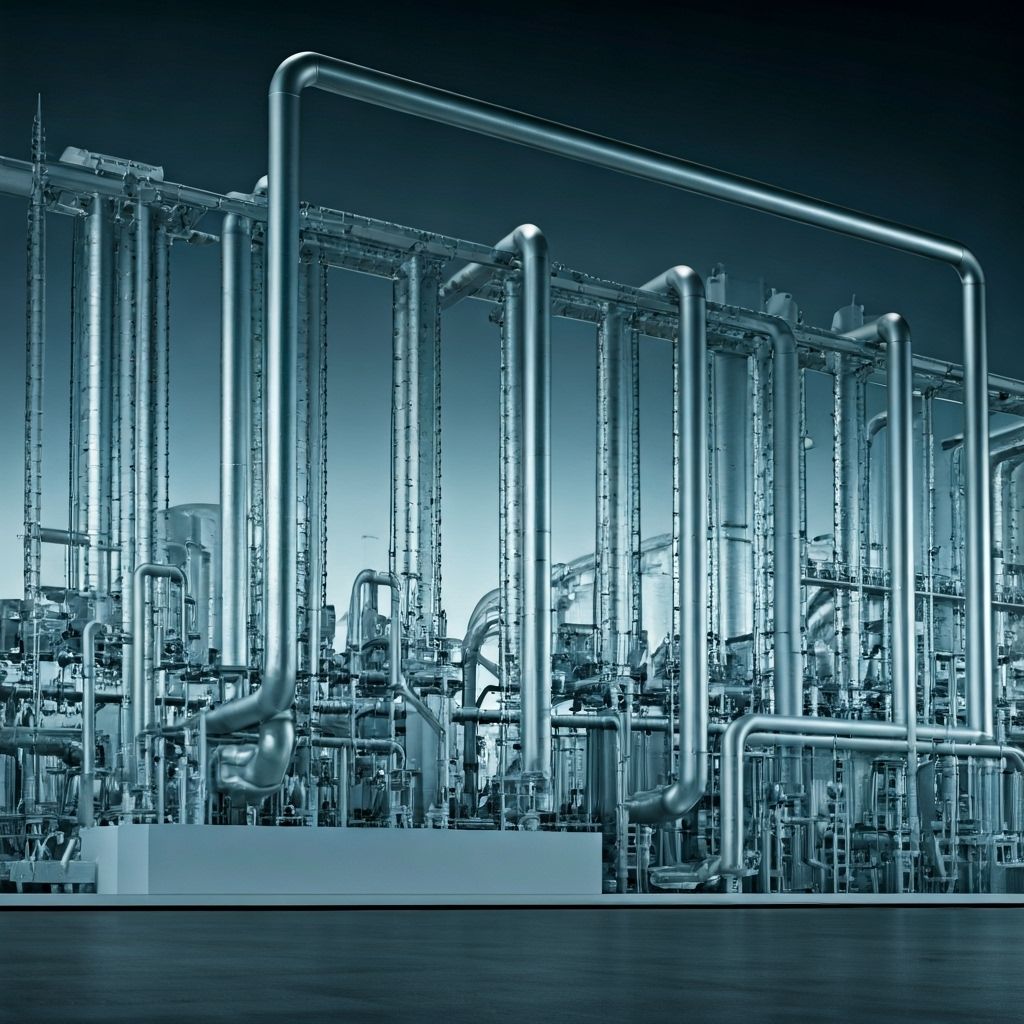Best Practices in Industrial Process Modeling and Simulation
Learn essential methodologies and tools for creating accurate industrial process models that drive better decision-making and optimize plant operations.
Michael Rodriguez
Engineering Consultant

Industrial process modeling and simulation have become indispensable tools for modern engineering design and optimization. This comprehensive guide covers the best practices that ensure accurate, reliable, and actionable simulation results.
Foundation Principles
Successful industrial modeling begins with a clear understanding of the process objectives and constraints. Before diving into software tools, engineers must establish:
- Clear modeling objectives and success criteria
- Appropriate level of detail for the intended application
- Data quality requirements and validation methods
Model Development Methodology
1. Process Understanding and Data Collection
The foundation of any successful model is thorough process understanding. This involves:
- Detailed process flow diagram development
- Equipment specification gathering
- Operating condition documentation
- Historical performance data analysis
2. Model Architecture Design
Choosing the right modeling approach is crucial for success. Consider:
- Steady-state vs. dynamic modeling requirements
- Appropriate thermodynamic property packages
- Equipment model selection and customization
- Convergence strategy development
3. Validation and Calibration
Model validation is perhaps the most critical step in the modeling process. Best practices include:
- Comparison with plant data across multiple operating conditions
- Sensitivity analysis to identify critical parameters
- Uncertainty quantification and error analysis
- Independent peer review of model assumptions
Common Pitfalls and How to Avoid Them
Over-Complexity
Many engineers fall into the trap of creating overly complex models. Remember that model complexity should match the intended application and available data quality.
Insufficient Validation
Never trust a model that hasn't been thoroughly validated against real plant data. Validation should cover the full range of expected operating conditions.
Advanced Techniques
Machine Learning Integration
Modern modeling approaches increasingly incorporate machine learning techniques to:
- Improve model accuracy through data-driven corrections
- Enable real-time model adaptation
- Identify hidden process relationships
Conclusion
Successful industrial modeling requires a systematic approach that balances accuracy, complexity, and practical utility. By following these best practices, engineers can create models that provide genuine value for process optimization and decision-making.
